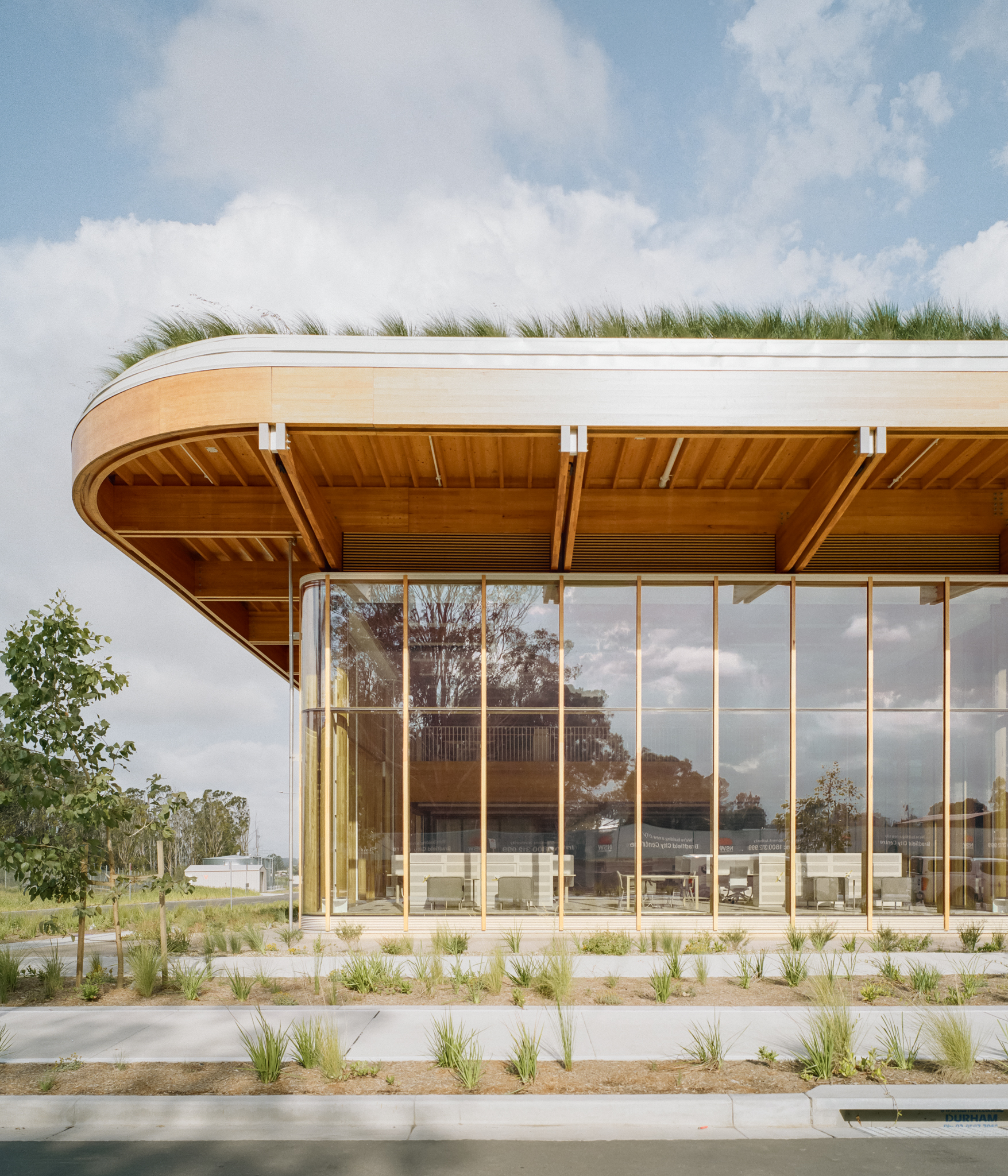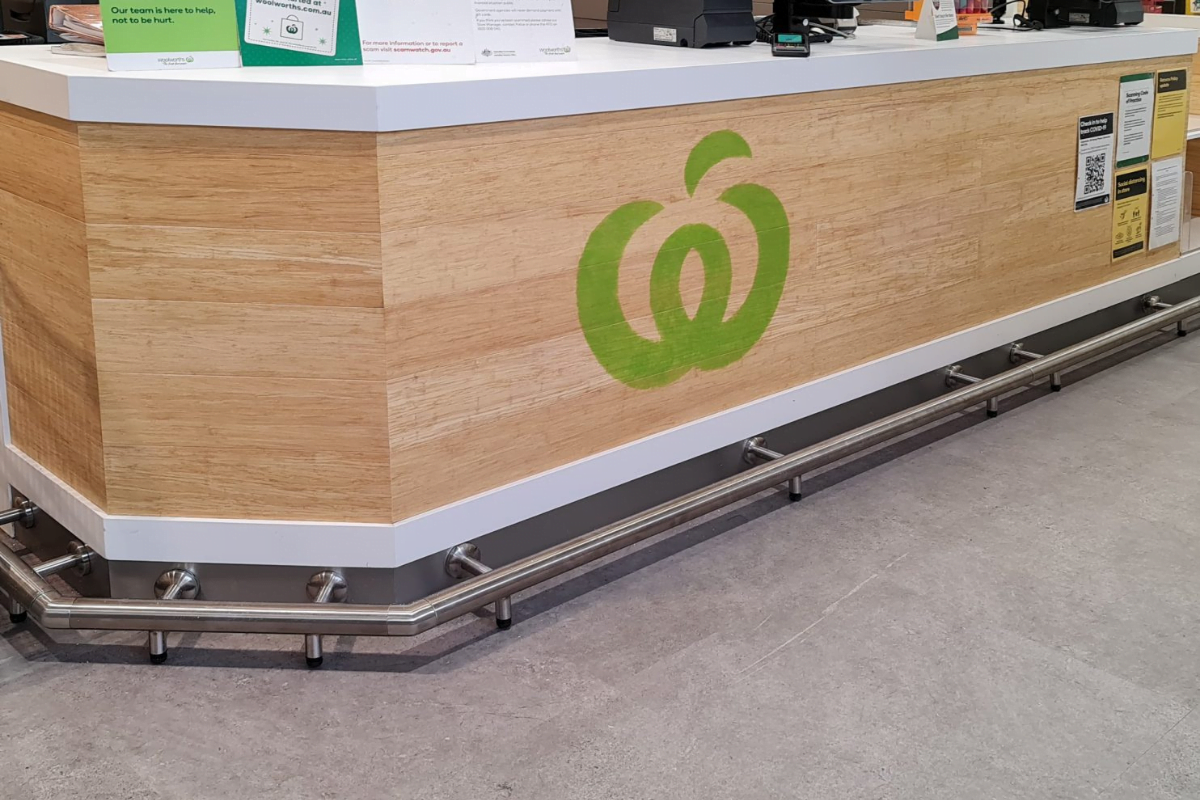TK Maxx Australia
- Key information
Project Type
Commercial / Retail
Product
Symphony Series® Concerto Engineered Bamboo Cladding
Location
Warringah Mall, NSW, Australia
Photography
House of Bamboo
Installer
Storepro
House of Bamboo is proud to announce our latest collaboration with TK Maxx at the bustling Warringah Mall, NSW. This partnership features our state-of-the-art Symphony Series® Concerto Engineered Bamboo Cladding, expertly installed by Storepro. Chosen for its robustness and aesthetic appeal, the bamboo cladding is finished with a vernites coating suitable for the demanding retail environment. TK Maxx opted for our engineered bamboo solutions not only for their unparalleled quality and resilience but also for their sustainability. TK Maxx’s choice underlines a growing trend towards eco-friendly materials in the retail sector. This project stands as a testament to the potential of sustainable materials to transform commercial spaces without compromising on style or durability. Through this initiative, TK Maxx at Warringah Mall is setting a standard for future retail setups, demonstrating that style and sustainability can go hand in hand. This not only helps in reducing the environmental impact but also ensures that the store’s design elements are reusable, avoiding landfill, and aligning with modern ecological values.




















